
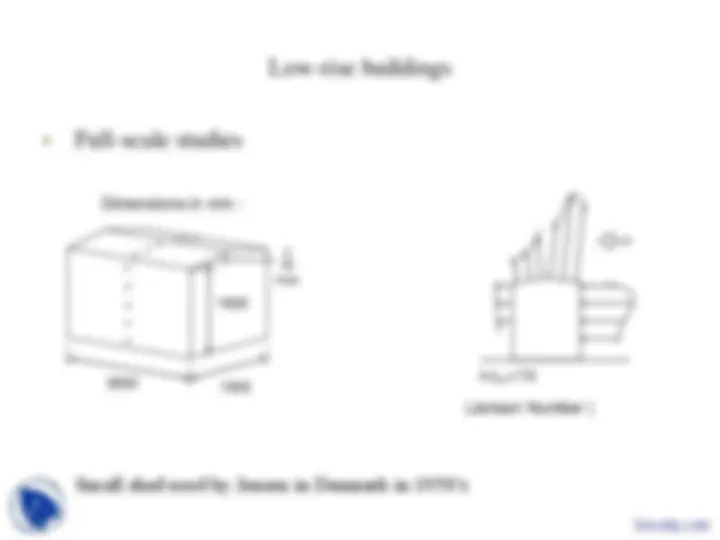
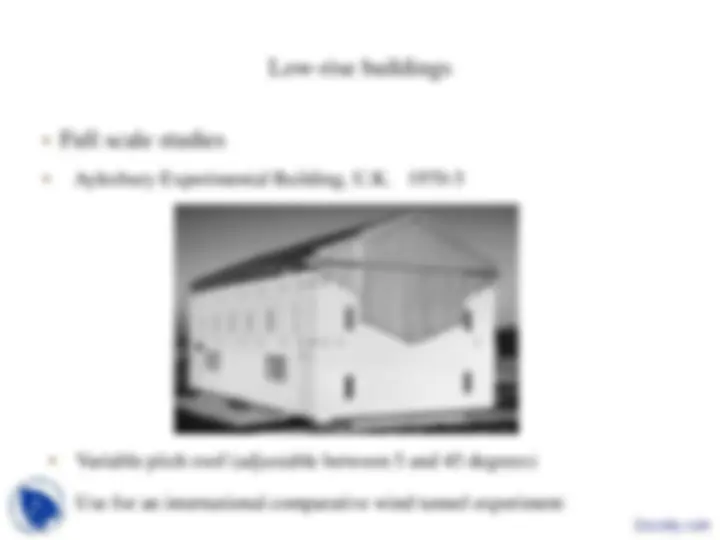
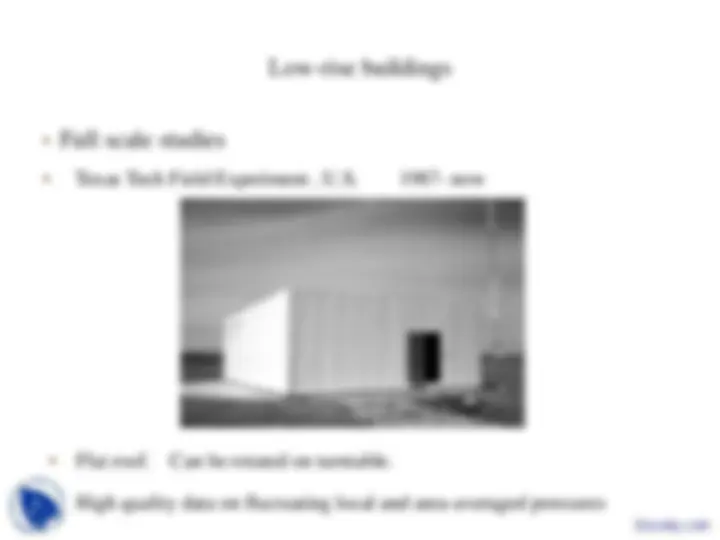
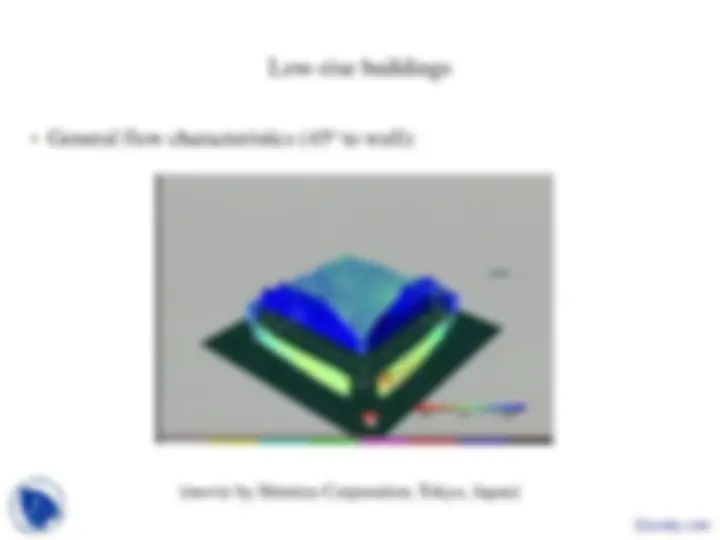
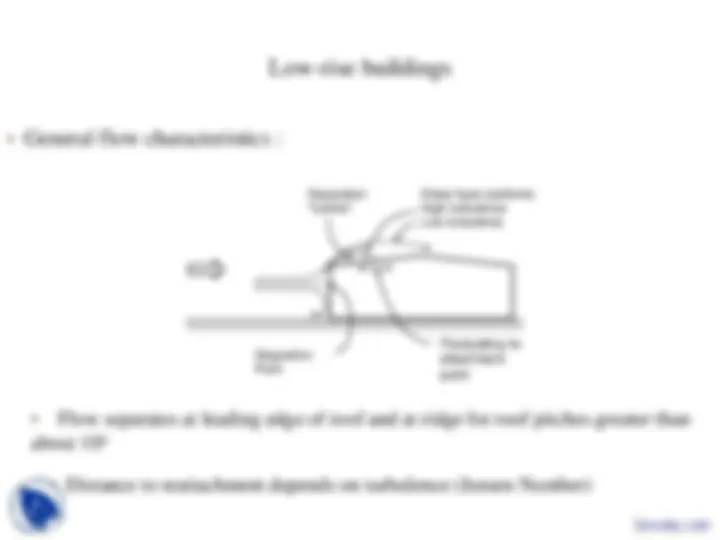
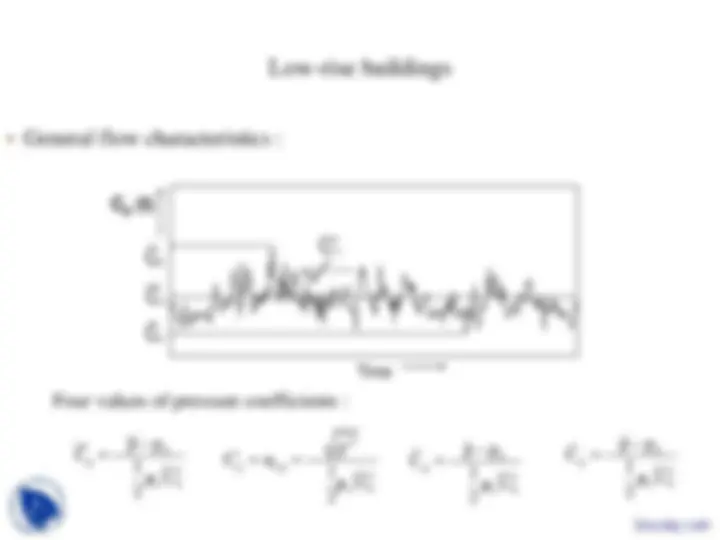
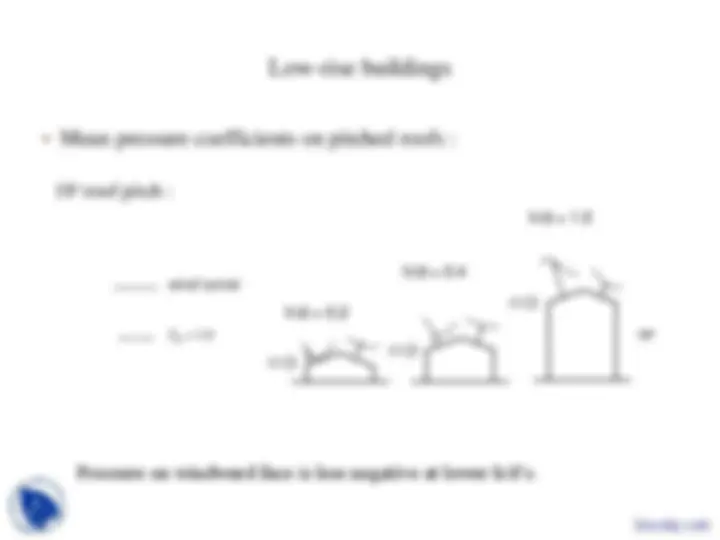
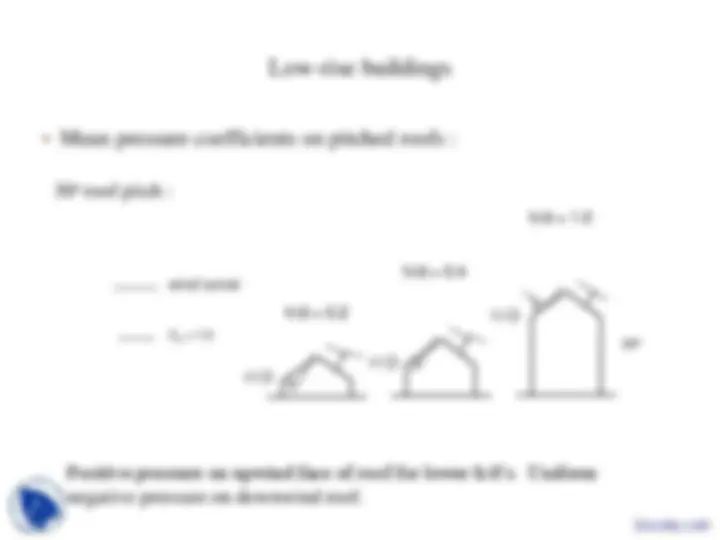
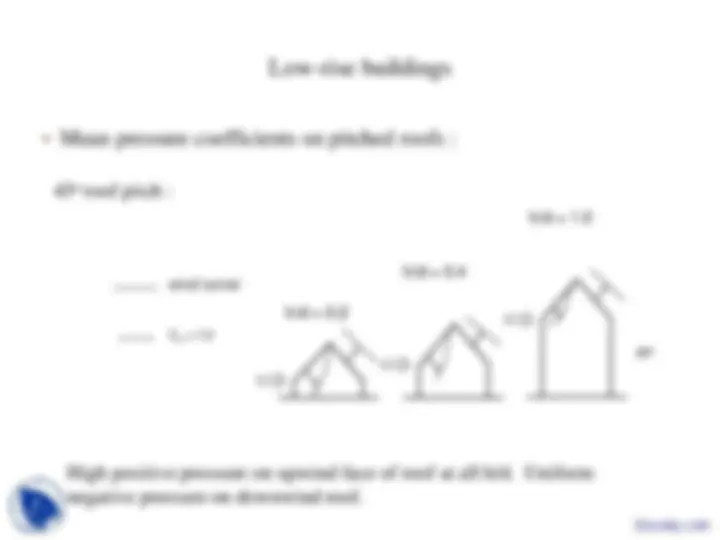
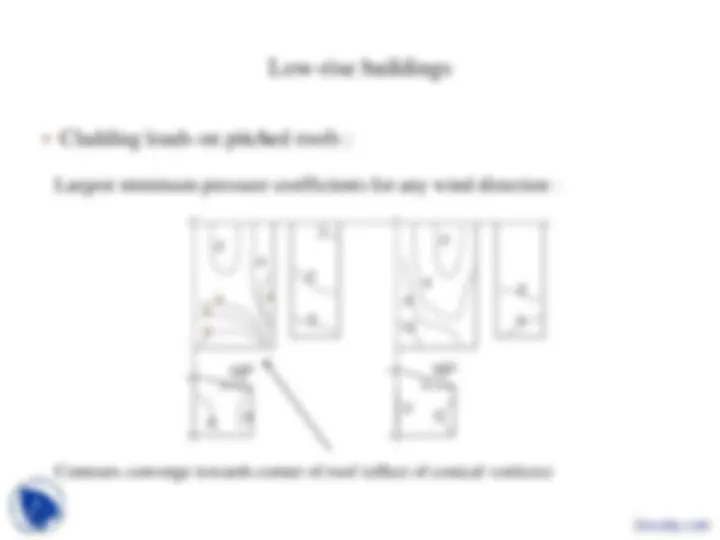
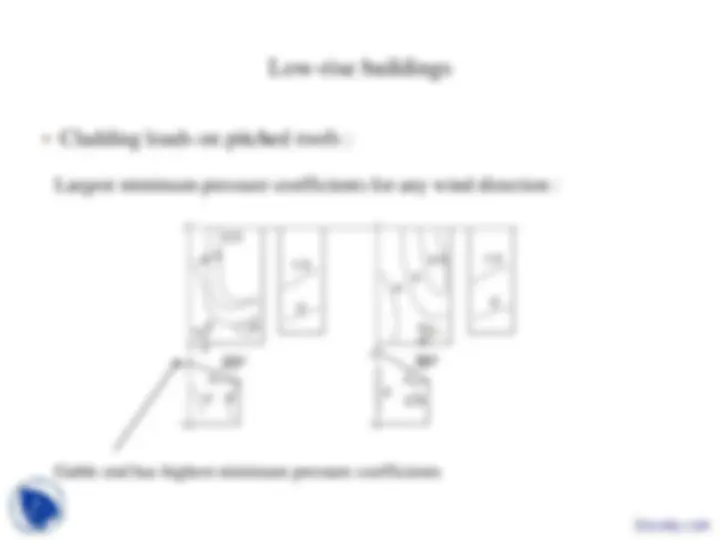
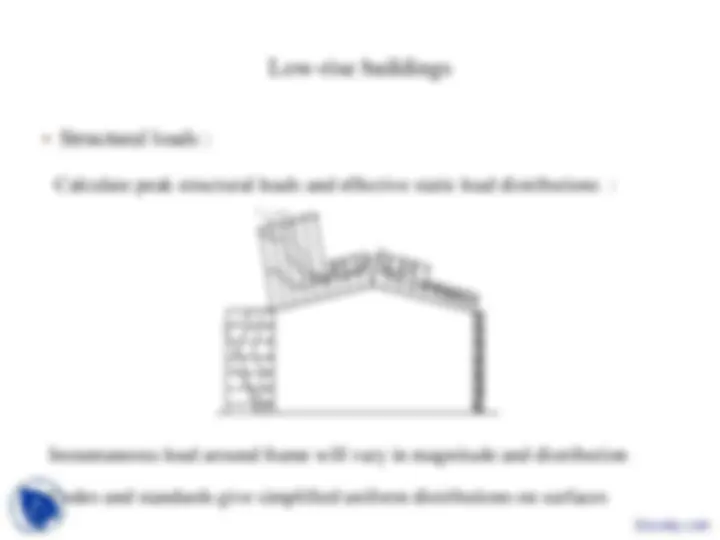
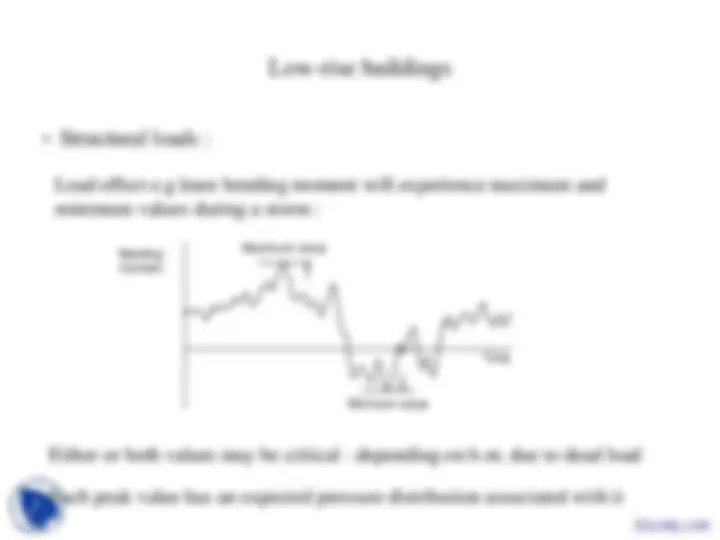
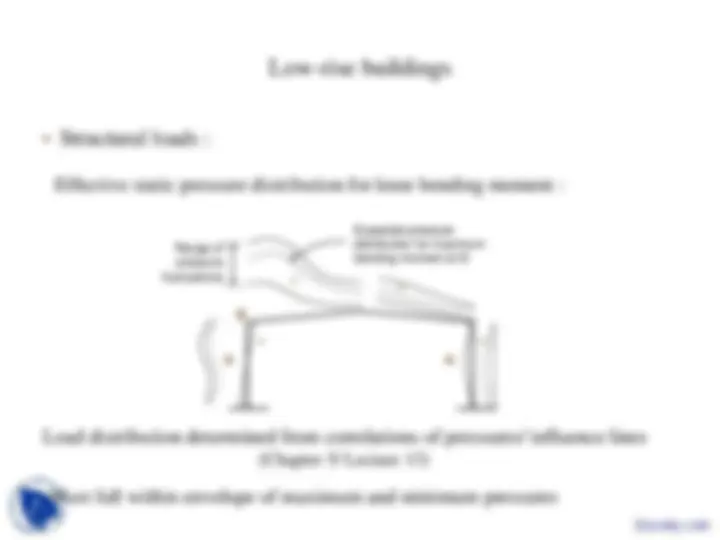
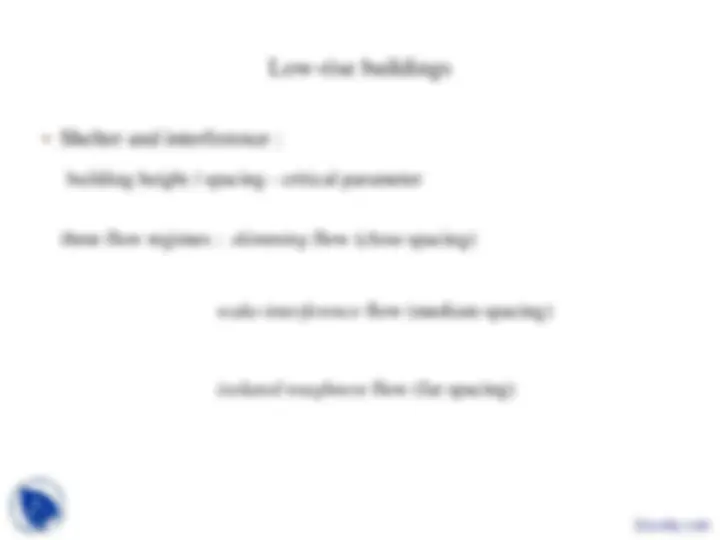
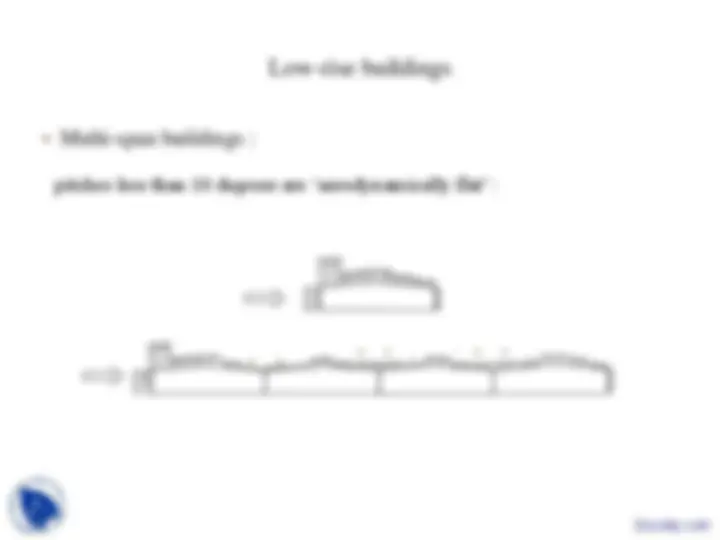
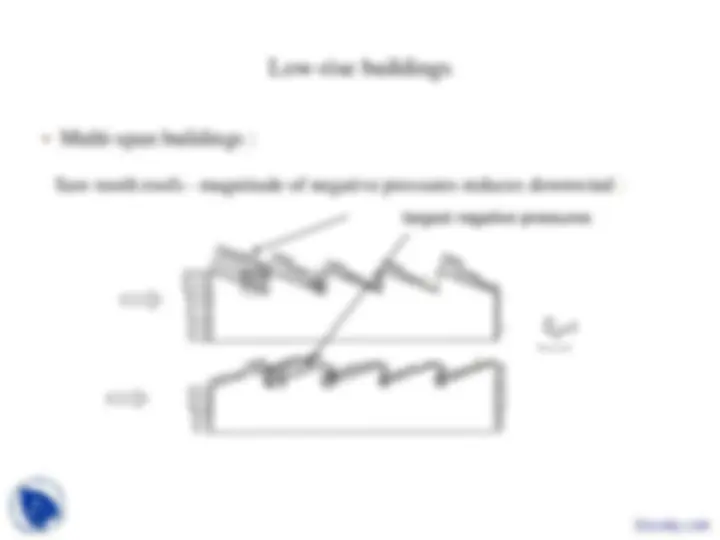
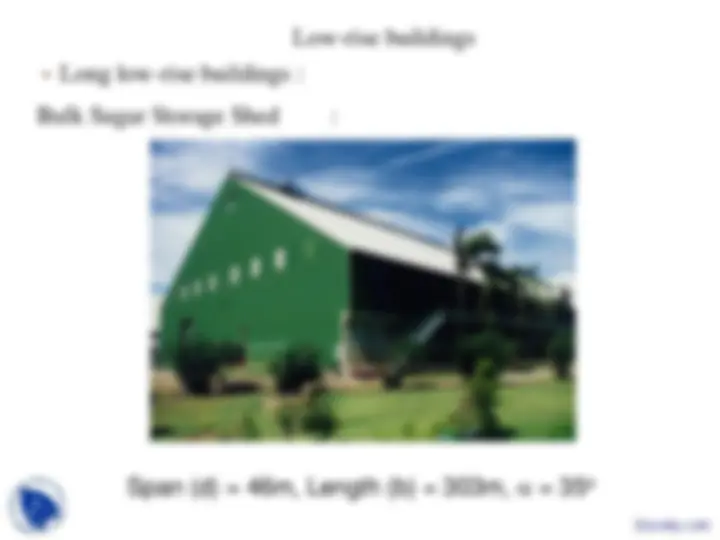
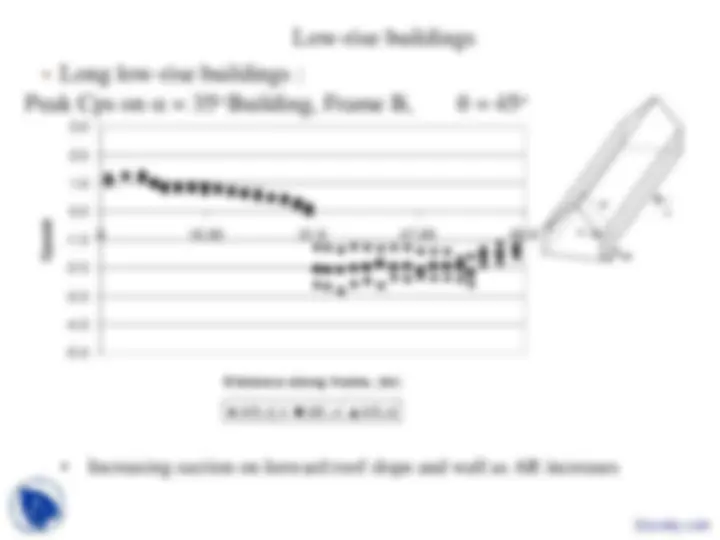


Study with the several resources on Docsity

Earn points by helping other students or get them with a premium plan


Prepare for your exams
Study with the several resources on Docsity

Earn points to download
Earn points by helping other students or get them with a premium plan
Community
Ask the community for help and clear up your study doubts
Discover the best universities in your country according to Docsity users
Free resources
Download our free guides on studying techniques, anxiety management strategies, and thesis advice from Docsity tutors
Some concept of Wind Engineering are Aeroelastic Effects, Along-Wind Dynamic Response, Antennas and Open-Frame Structures, Atmospheric Boundary Layers and Turbulence, Atmospheric Boundary, Basic Bluff-Body Aerodynamics. Main points of this lecture are: Low-Rise Buildings, Structures Less Than, Aerodynamic Roughness, Very Important, Dominant Openings, Wind Storms, Extensive Research, Full Scale, Full-Scale Studies, Jensen In Denmark
Typology: Slides
1 / 27

This page cannot be seen from the preview
Don't miss anything!




















(movie by Shimizu Corporation, Tokyo, Japan)
(movie by Shimizu Corporation, Tokyo, Japan)
Four values of pressure coefficients :
2 a h
0 p ρ U 2
1 C pp 2 a h
0 p ρ U 2
1 Cˆ^ pˆp 2 a h
0 p ρ U 2
1 C p^ p 2 a h
2 p Cp ρ U 2
1
p C σ
Time
Cp (t)
C^ ˆp
Cp
C (^) p
Cp
5 o^ roof pitch :
5 roof pitch
wind tunnel
Cp = 1.
h/d = 0.
h/d = 1.
No separation at ridge. Higher negative pressures for greater h/d.
18 o^ roof pitch :
Pressure on windward face is less negative at lower h/d’s.
wind tunnel
Cp = 1.
h/d = 0.
h/d = 0.
h/d = 1.
18
30 o^ roof pitch :
Positive pressure on upwind face of roof for lower h/d’s. Uniform negative pressure on downwind roof.
wind tunnel
Cp = 1.
h/d = 0.
h/d = 0.
h/d = 1.
30
High negative pressure peaks (‘spikes’) near corners - associated with formation of conical vortices
0 3 6 9 12 15 Time (minutes)
Cp
2 0
Formation of conical vortices
30-60o
Largest minimum pressure coefficients for any wind direction :
-2.
-2.
-1.
-2. -1.
20 o
30 o
Gable end has highest minimum pressure coefficients
Calculate peak structural loads and effective static load distributions :
Instantaneous load around frame will vary in magnitude and distribution
Codes and standards give simplified uniform distributions on surfaces